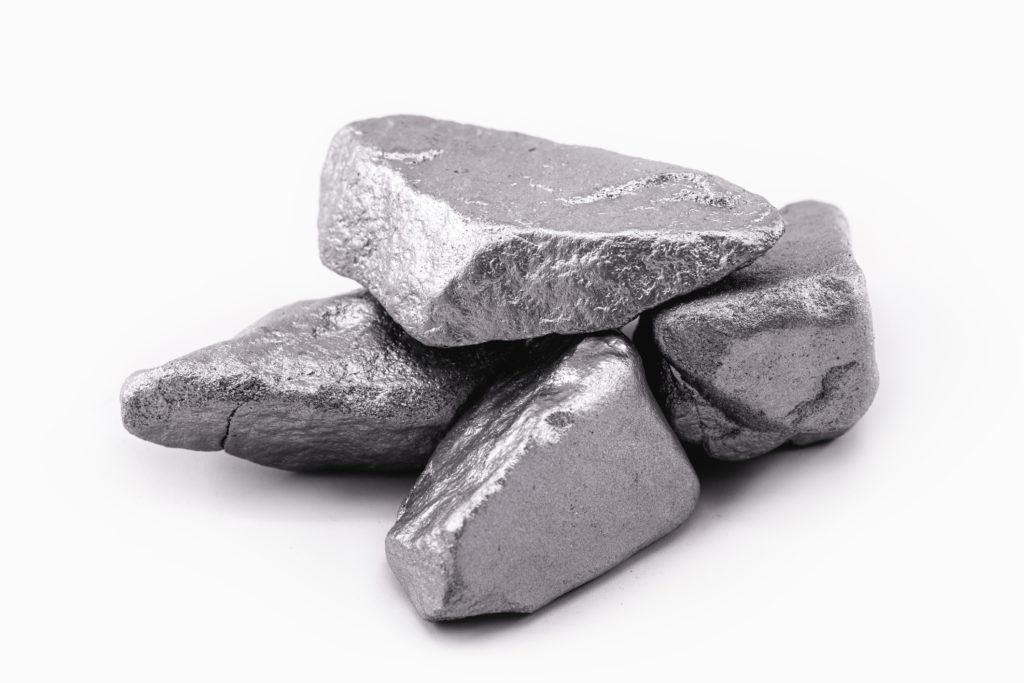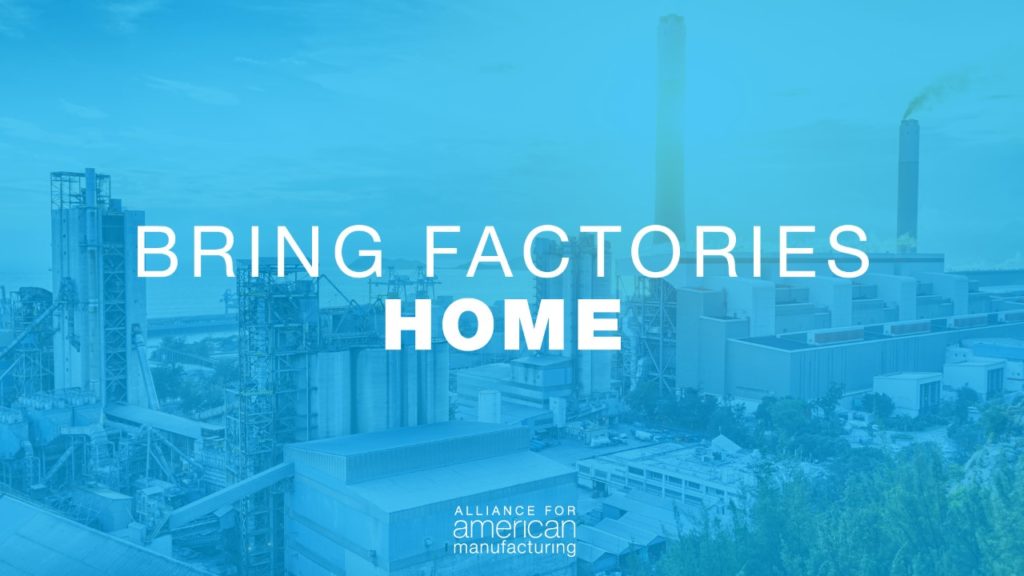
The United States is woefully dependent on imports for the minerals needed to maintain our national security and power the transition to clean energy. Russia’s invasion of Ukraine threatens to make things worse.
The Senate Committee on Energy and Natural Resources met Thursday to examine the state of America’s critical mineral supply chains, with policymakers and experts agreeing the U.S. must produce more of these minerals here – and fast.
From nickel to nitrates to cobalt and copper, America has made the “commercial choice” in many respects to seek out foreign solutions for our mineral needs, experts testified. And that has left the United States dependent on imports for far too many of these minerals.
A 2019 report from the Congressional Research Service found the U.S. is “100% import reliant on 14 minerals on the critical minerals list.” That includes rare earths, which are a critical input for clean energy technology and also a sector dominated by China. The U.S. is 75% import reliant on 10 other critical minerals, including barite, tin, and uranium.
Russia’s invasion of Ukraine has made the issue even more pressing. Ukraine is a major global supplier of neon, a mineral needed to make semiconductors, which already are in short supply. On top of that, Russia is also a producer of critical minerals.
“These conversations are so important right now as the horrifying events in Ukraine show how problematic our reliance on foreign suppliers who may not share our interests or values can be,” said Committee Chairman Joe Manchin (D-W.Va.). “It makes no sense to remain beholden to bad actors when we have the resources and manufacturing know-how in the United States.”
President Biden announced on Thursday that he would invoke the Defense Production Act to help secure U.S. sources of critical minerals needed for the production of clean energy. Manchin is among the members who urged Biden to do so, citing ongoing supply chain issues and shortages because of the Russian invasion.
But Russia’s energy dominance is a “short term” fear, lawmakers and experts agreed; China’s near monopoly in the mineral market is the greatest hazard America must guard against. Manchin noted that China processes almost 90% of all rare earth minerals, regardless of where they come from, as China operates mines in third-party countries.
And even minerals that are found in the backyards of America’s friends and allies ended up being processed and assembled in China.
“There is no reason the United States cannot utilize our manufacturing base and leverage our relationship with friendly nations, like Australia and Canada, to ensure that their critical minerals are sent here for processing, instead of China,” Manchin said.
Abigail Wulf, vice president of Critical Minerals Strategy and the director of the Center for Critical Minerals Strategy at Securing America’s Future Energy, outlined what resources of today (and tomorrow) are at risk when the United States pursues external sources over domestic procurement.
“This stuff includes batteries, semiconductors, and electric vehicles, renewable energy, and advanced weapons systems all of which are made of and powered by minerals and mined materials,” Wulf explained. “We are only going to need more of these things as the world increasingly transitions to an electric, connected, and autonomous future.”
China’s dominance affects a wide array of industries. America’s automotive industry, for example, risks being beholden to external suppliers to make the next generation of cars and electric vehicles (EVs).
“Our industries compete in a global marketplace and our key sectors led by our auto sector will rely on these materials to effectively compete and lead in an electrified world. But as things stand, without some critical course correction on America’s critical enterprise, the leading automobile power will not be the United States – it will be China,” Wulf said. “Not because of superior design or technology, but because of their massive head start and established market power, if not utter dominance, in the supply chain that powers these vehicles… All of those millions of EVs will rely on batteries.”
Dr. Steve Fortier, director of USGS National Minerals Information Center at the U.S. Department of the Interior, concurred. “We have to stay ahead of these challenges and do the best we are able to see forward and anticipate impending disruptions to the supply chain,” he said.

